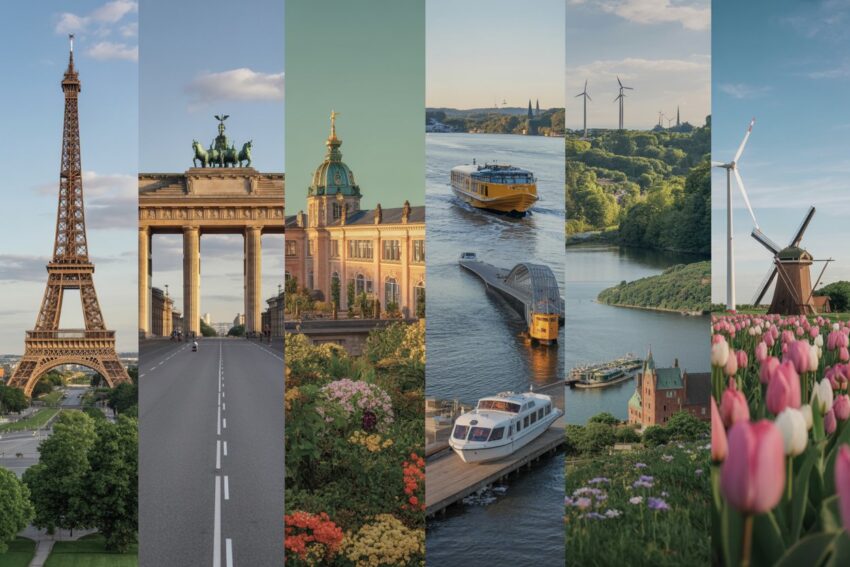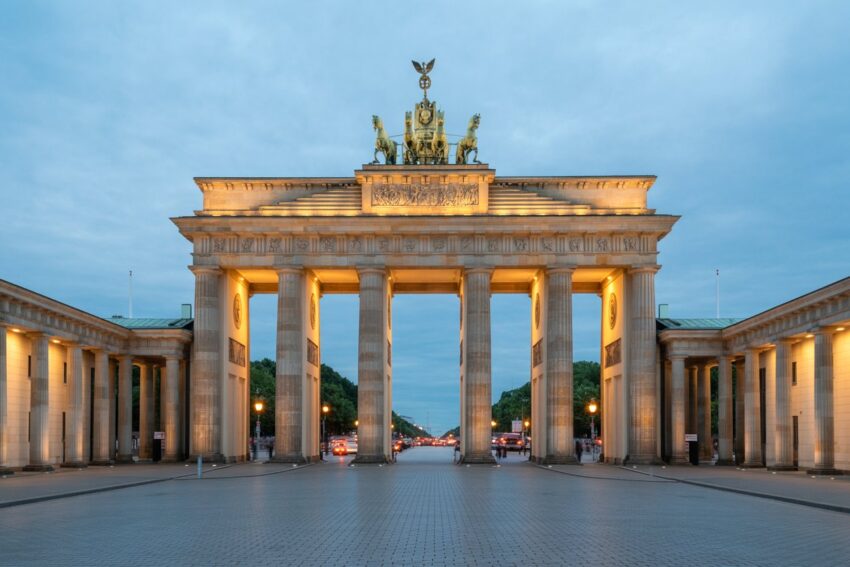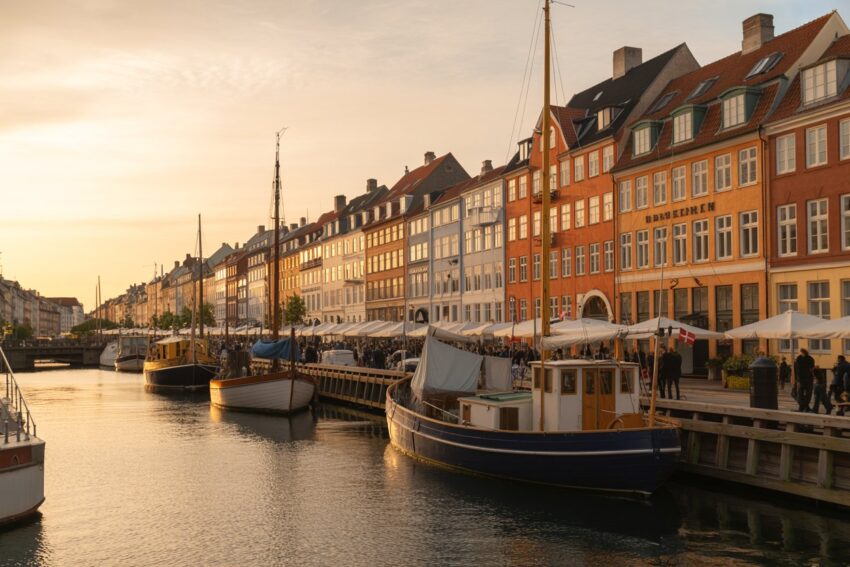Published on
November 11, 2025

France is joining Germany, Spain, Sweden, Denmark, Netherlands, and others in leading European sustainable aviation drive, aiming to boost tourism while reducing environmental impact through greener travel initiatives. These countries are prioritising eco-friendly policies, such as the adoption of Sustainable Aviation Fuel (SAF), biofuels, and low-carbon flight options, to ensure that air travel becomes more sustainable. With France’s commitment to reducing emissions and expanding green aviation infrastructure, the entire region is positioning itself as a leader in eco-conscious tourism. This initiative not only supports regional destinations like the French Alps and Provence but also makes Europe more attractive to travellers seeking to minimise their environmental footprint.
France: Leading with SAF and Green Aviation

France has committed to advancing greener aviation by focusing on sustainable aviation fuel (SAF) and low-carbon initiatives. The French Aviation Strategy aims for 5% SAF by 2030, with a roadmap to increase domestic SAF production. France has also started reducing short-haul flights where alternatives (train travel) exist. These efforts are expected to support eco-conscious tourism, boost connectivity, and promote regional destinations like the French Alps and Provence. Additionally, France’s focus on decarbonisation and expanding the green transport infrastructure enhances its global image as a sustainable tourism hub.
| Key Initiative | Impact on Tourism |
|---|---|
| SAF blending targets, low-carbon flight incentives | Increased eco-tourism, better access to regional destinations |
| Train alternatives for short-haul travel | Reduces emissions, attracts sustainability-focused travellers |
Germany: A Green Aviation Powerhouse

Germany is investing heavily in Power-to-Liquid (PtL) technology and SAF to ensure carbon-neutral aviation by 2050. The country’s aviation policy includes SAF quotas starting in 2025, and PtL kerosene production will scale up significantly by 2030. This push for sustainable transport will support German regions like Bavaria and Saxony by improving their accessibility while reducing the tourism sector’s carbon footprint. With its high tourist demand and excellent transport infrastructure, these green aviation policies make Germany an even more appealing destination for eco-conscious travellers.
| Key Initiative | Impact on Tourism |
|---|---|
| SAF quotas and PtL roadmap | Promotes sustainable aviation and increases access to regional hubs |
| Carbon-neutral aviation by 2050 | Boosts sustainable travel and enhances Germany’s global tourism appeal |
Netherlands: A Hub for Sustainable Aviation

The Netherlands is committed to becoming a leader in SAF production and the transition to greener aviation. Amsterdam Schiphol Airport is working to reduce its emissions by using Sustainable Aviation Fuel (SAF) and enhancing green transport infrastructure. With a commitment to making all domestic flights fossil-free by 2025, this initiative makes the Netherlands an attractive destination for eco-tourists, improving the sustainability of flights to popular regions like Amsterdam and Rotterdam. This move also contributes to easier access for smaller Dutch towns and islands, improving regional tourism connectivity.
| Key Initiative | Impact on Tourism |
|---|---|
| SAF uptake at Schiphol Airport | Increases the appeal of Amsterdam and regional Dutch destinations for eco-minded tourists |
| Fossil-free domestic flights by 2025 | Enhances sustainability in air travel, benefiting local tourism economies |
Spain: Green Aviation for Regional Growth

Spain is focusing on SAF development and increasing the accessibility of smaller regional airports. This sustainable aviation initiative allows tourists to visit green destinations like Catalonia, Andalusia, and the Balearic Islands with a lower carbon footprint. Spain is working to integrate SAF into its flight operations and upgrading regional infrastructure to accommodate more sustainable flight options. These initiatives align with Spain’s growing popularity among eco-conscious tourists who seek less-crowded destinations with a commitment to sustainability.
| Key Initiative | Impact on Tourism |
|---|---|
| SAF production and regional airport upgrades | Easier access to sustainable tourism in regional Spanish destinations |
| Green flight options to popular tourist spots | Enhances Spain’s appeal for eco-tourists and supports local economies |
Sweden: Pioneering Biofuels and Green Travel

Sweden has long been a leader in biofuels and clean transport solutions, with a goal to become carbon-neutral by 2045. The country is expanding its biofuel use in aviation and promoting eco-friendly transport networks to support greener tourism. Swedish airports are adopting SAF, particularly at hubs like Stockholm Arlanda, while regional airports benefit from increased access due to improved green transport links. Sweden’s strong sustainability focus offers tourists an eco-conscious way to explore regions like Sweden’s Lapland and Stockholm’s archipelago.
| Key Initiative | Impact on Tourism |
|---|---|
| Biofuels and carbon-neutral targets | Makes Sweden a top destination for eco-tourism and green transportation |
| SAF adoption at Swedish airports | Attracts environmentally-conscious travellers to regional destinations |
Denmark: Transitioning to Fossil-Free Aviation

Denmark is driving sustainable aviation by committing to fossil-free flights by 2025 and aiming for aviation decarbonisation by 2030. The Danish government supports SAF development and low-carbon flight routes, particularly for regional airports like Aarhus and Billund. Denmark’s green policies contribute to its reputation as an eco-friendly tourism destination, supporting lesser-known destinations like Bornholm and Skagen. The transition to green aviation also aligns with the country’s overall environmental goals, making it a prime destination for sustainable travel.
| Key Initiative | Impact on Tourism |
|---|---|
| Fossil-free aviation by 2025 | Enhances Denmark’s appeal to sustainability-minded travellers |
| SAF development and flight decarbonisation | Provides green alternatives to popular and regional destinations |
European Countries Leading the Way in Greener Aviation and Sustainable Tourism
Several European countries are taking significant steps to promote greener aviation and transport, thereby boosting sustainable tourism. Norway focuses on zero-emission vehicles and biofuels for aviation and ferries, enhancing eco-conscious tourism in remote regions like the fjords. Ireland is integrating renewable energy with aviation fuel development, positioning itself as an eco-travel destination. Finland leads in sustainable airport operations with carbon-accredited airports, supporting nature-based tourism. Portugal is upgrading regional airports with low-carbon certifications, promoting sustainable travel to its islands. Belgium is improving air connectivity through advanced digital air traffic systems, making tourism more efficient and accessible. These efforts not only make travel greener but also strengthen regional economies by attracting tourists who prioritize sustainability. Each country is helping transform Europe into a hub for low-carbon travel, making it easier for tourists to visit less crowded, environmentally friendly destinations.
France is joining Germany, Spain, Sweden, Denmark, Netherlands, and others in leading European sustainable aviation drive, aiming to boost tourism and reduce environmental impact with greener travel initiatives.
Conclusion
France’s commitment, alongside Germany, Spain, Sweden, Denmark, the Netherlands, and other European nations, to lead the sustainable aviation drive in Europe is a significant step forward in both boosting tourism and reducing environmental impact. By embracing greener travel initiatives such as the use of Sustainable Aviation Fuel (SAF) and biofuels, these countries are setting the stage for a more eco-conscious future in aviation. This collective effort not only enhances Europe’s appeal as a top destination for sustainable tourism but also plays a crucial role in making travel more environmentally responsible. As a result, these nations are transforming the way we explore, making it easier for tourists to enjoy regional destinations while contributing to the preservation of the planet.

